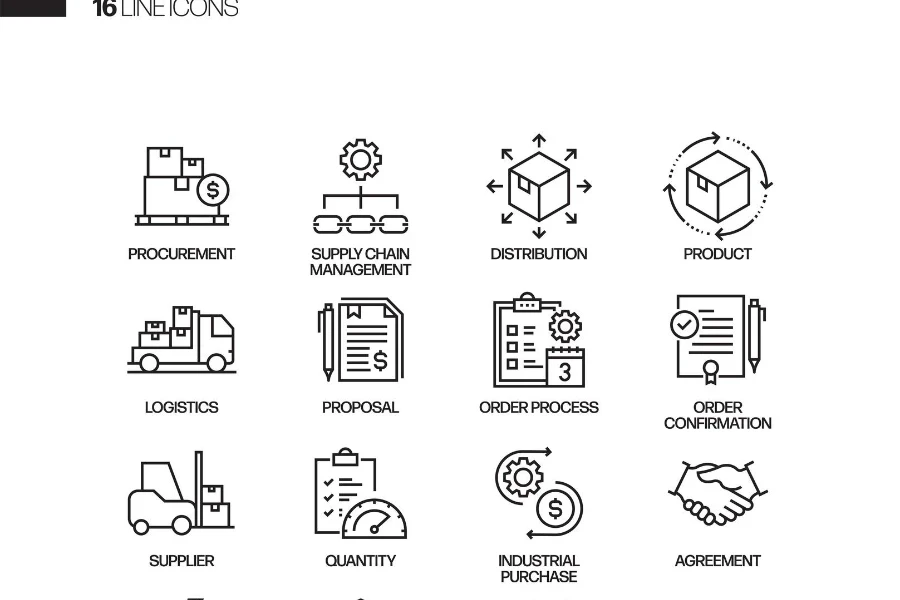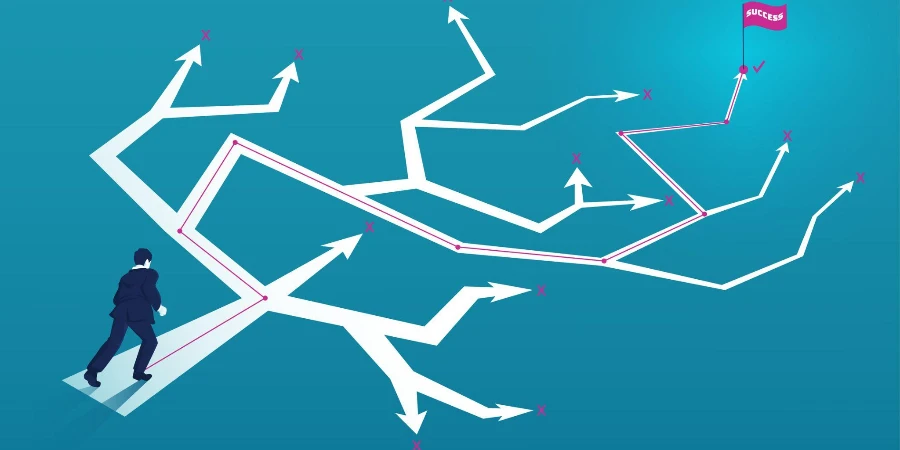In the evolving landscape of global commerce, business procurement stands as a critical pillar, supporting and streamlining operations across industries. This guide aims to demystify the complexities surrounding procurement processes, offering insights into its significance, strategies, trends, challenges, and the future outlook. By breaking down these components, we foster a deeper understanding of how effective procurement practices can drive efficiency, reduce costs, and create value in a competitive market.
Table of Contents:
– Understanding the basics of business procurement
– Strategic procurement processes
– Current trends in business procurement
– Overcoming procurement challenges
– The future of procurement in business
Understanding the basics of business procurement

Business procurement refers to the process of acquiring goods and services that organizations require to carry out their operations. It involves activities such as sourcing, negotiating, and purchasing, which are essential for maintaining the quality and efficiency of business processes. The goal of procurement is not only to secure necessary resources but also to optimize costs and build strong relationships with suppliers.
Procurement plays a pivotal role in operational success, impacting areas such as production, quality management, and cost control. By effectively managing procurement activities, businesses can ensure the timely availability of materials, adhere to quality standards, and achieve financial objectives.
The procurement process typically starts with identifying needs and ends with the acquisition of goods or services. It includes steps like supplier research, bid management, contract negotiation, and order fulfillment. Each of these stages requires careful planning and execution to ensure that procurement objectives are met.
Strategic procurement processes

Strategic procurement goes beyond the basic acquisition of goods and services. It involves a deliberate, long-term approach to sourcing that aligns with the company’s overall business strategy. This includes analyzing market trends, assessing supplier capabilities, and implementing cost-saving measures without compromising on quality or service.
One key aspect of strategic procurement is supplier relationship management (SRM). Effective SRM practices help businesses build and maintain strong relationships with their suppliers, leading to improved communication, better terms, and enhanced collaboration. This, in turn, can result in more innovative solutions and a more resilient supply chain.
Another important element is the use of technology in procurement processes. Advanced software solutions can automate routine tasks, provide insights through data analysis, and facilitate better decision-making. This not only increases efficiency but also enhances the strategic value of the procurement function.
Current trends in business procurement

The procurement landscape is constantly evolving, influenced by technological advancements, changing market conditions, and emerging business models. One significant trend is the increasing focus on sustainability and ethical sourcing. Companies are recognizing the importance of environmental and social responsibility in their procurement decisions, driven by consumer demand and regulatory requirements.
Digital transformation is another key trend, with technologies such as artificial intelligence (AI), machine learning, and blockchain reshaping procurement processes. These tools offer new opportunities for cost savings, risk management, and supplier collaboration, enabling more agile and responsive procurement strategies.
Moreover, the COVID-19 pandemic has highlighted the importance of supply chain resilience. Businesses are reevaluating their procurement practices, seeking more diversified supplier bases and developing contingency plans to mitigate future disruptions.
Overcoming procurement challenges

Despite its strategic importance, business procurement faces several challenges. One of the most pressing issues is managing supply chain risks, such as supplier failures, geopolitical tensions, and natural disasters. Companies must implement robust risk management strategies to identify potential threats and develop effective mitigation plans.
Another challenge is ensuring compliance with regulatory requirements and ethical standards. This involves thorough due diligence and continuous monitoring of suppliers, which can be resource-intensive but is crucial for maintaining reputation and avoiding legal penalties.
Finally, keeping pace with technological changes and integrating new tools into existing procurement systems can be daunting. Organizations need to invest in training and change management to fully leverage the benefits of digital procurement solutions.
The future of procurement in business

Looking ahead, business procurement is set to become even more strategic and technology-driven. Innovations in AI, IoT, and analytics will provide deeper insights into procurement data, enabling more informed decision-making and predictive capabilities. This will help businesses anticipate market changes, optimize their procurement strategies, and achieve greater efficiencies.
Sustainability will also continue to be a key focus, with companies integrating environmental and social criteria into their procurement policies. This shift towards responsible sourcing will not only contribute to global sustainability goals but also enhance brand value and competitiveness.
In conclusion, as businesses navigate the complexities of the modern marketplace, effective procurement practices will be critical for success. By understanding the fundamentals, embracing strategic approaches, staying abreast of trends, and overcoming challenges, companies can ensure their procurement functions are well-positioned to support their goals and drive long-term value.
Conclusion:
Business procurement is a dynamic and multifaceted function that plays a vital role in the success of modern enterprises. By understanding its basics, embracing strategic processes, keeping pace with current trends, and preparing for future developments, businesses can harness the power of procurement to achieve operational excellence and sustainable growth. As we move forward, the importance of procurement in driving business strategy and innovation will only continue to grow, making it an essential area of focus for companies worldwide.




